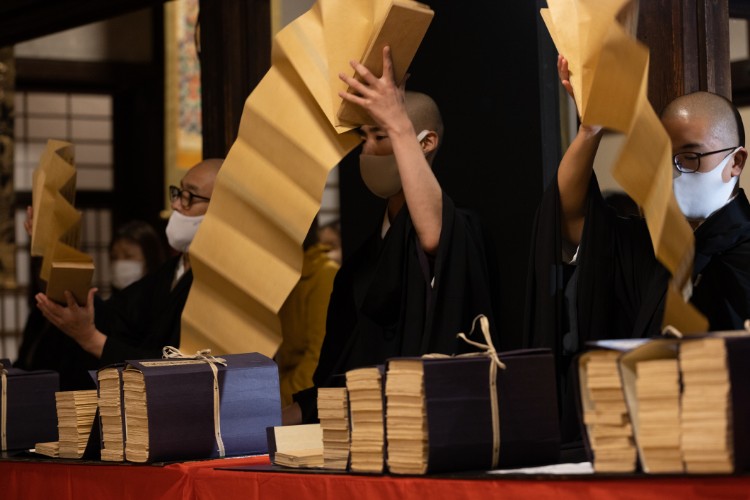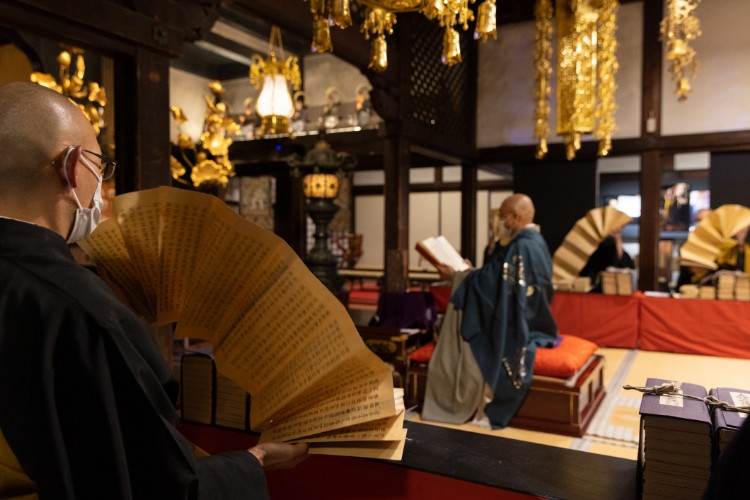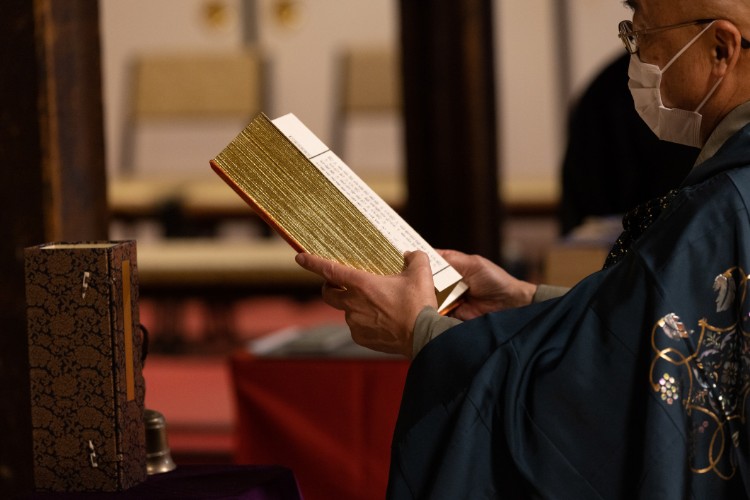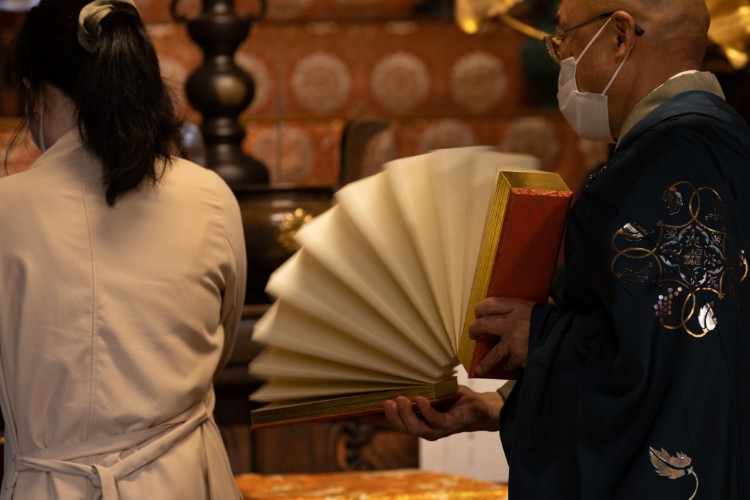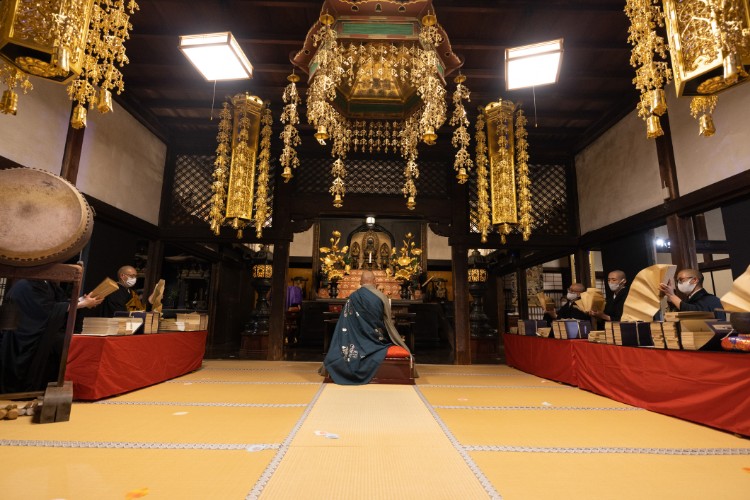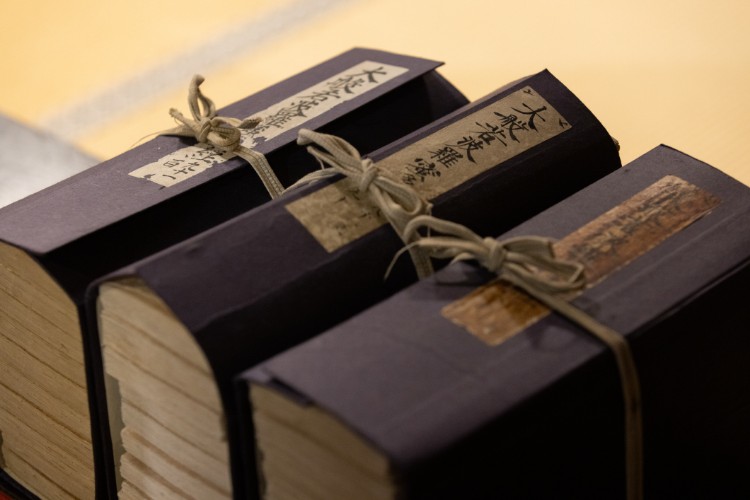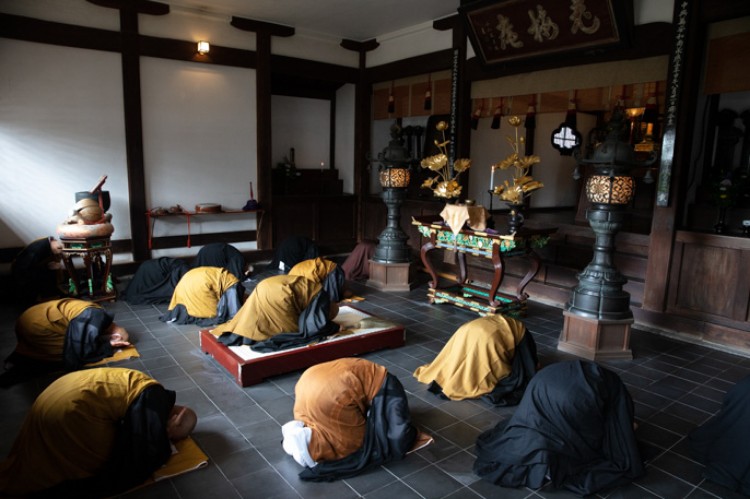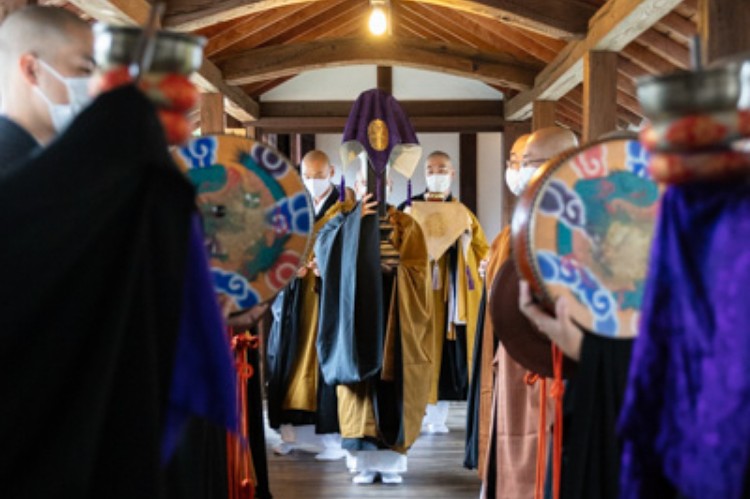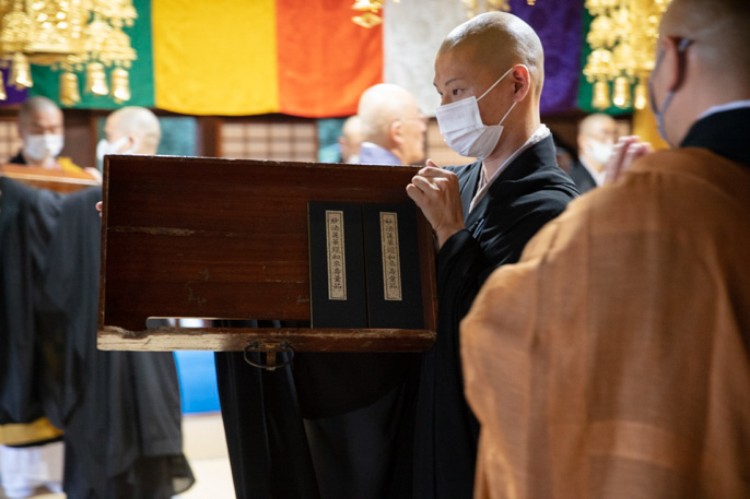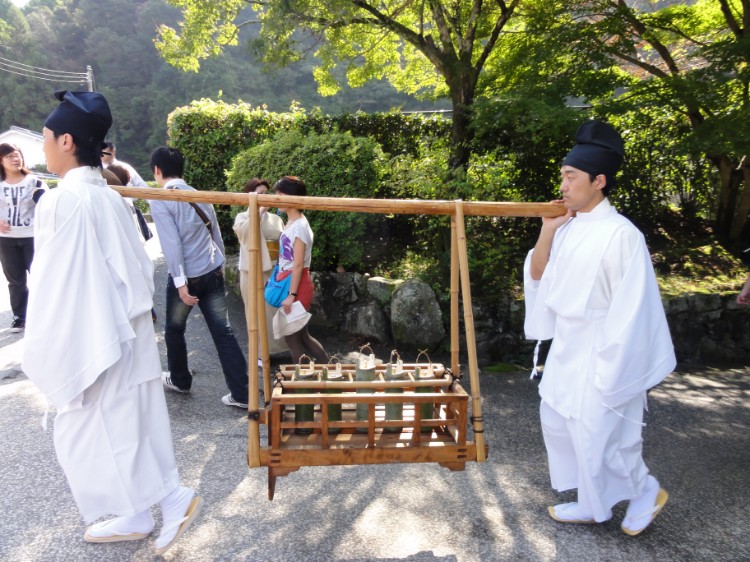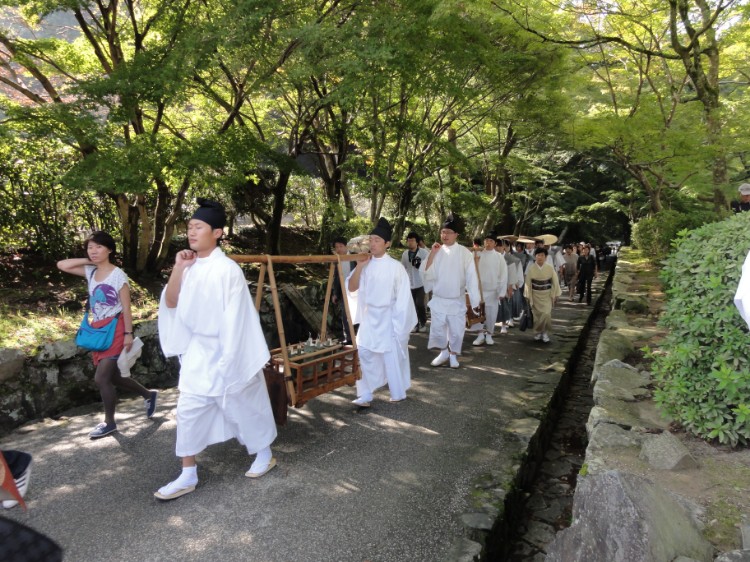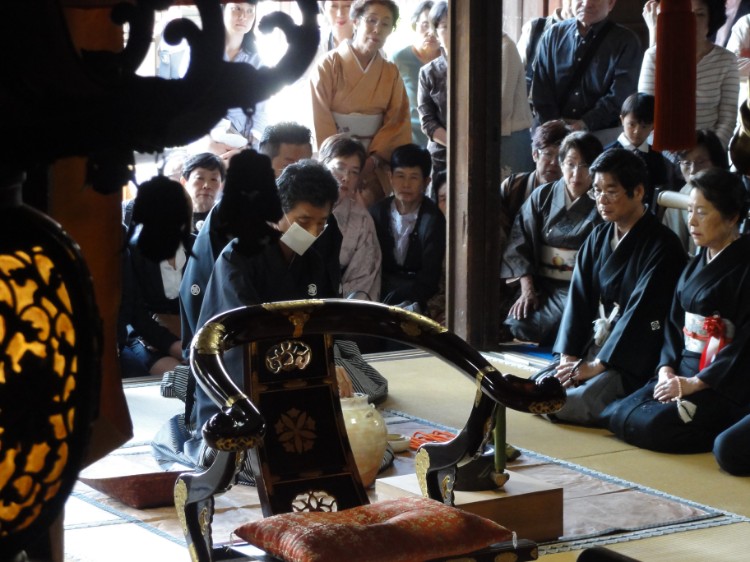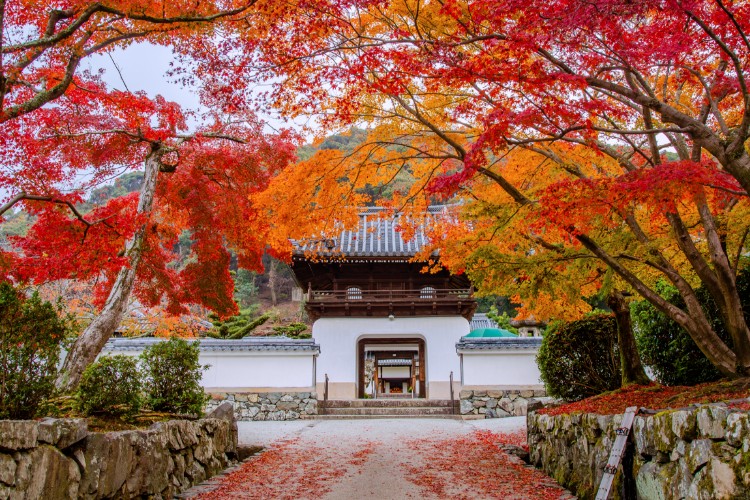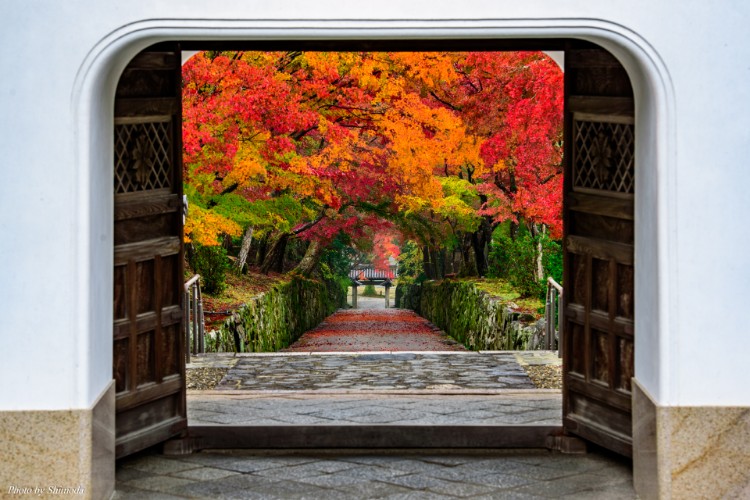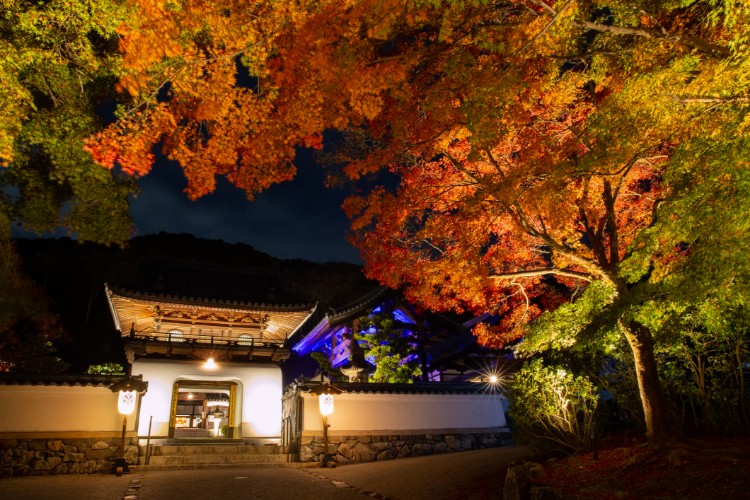/
EVENT
Teaching of Dogen Zenji
仏道に入り仏法の為に諸事を行じてに所得あらんと思ふべからず。
内外の諸教に皆無所得なれとのみ勧むるなり。
Seeking and striving for something and achieving, it is commonly recommended, but aren’t you exhausted sometimes? In order to be fulfilled in the life that is only present in the here, it is important "not to seek". Buddhism and society's understanding of life are diametrically opposite. That is why Buddhism exists.【Zuimonki】
Annual Events
January
- beginning of January
- Daihannya (Kito) prayer service
We read Dai Hannyakyo (Great wisdom Sutra) by Tendoku-reading. This service is held to pray for world peace, family safety, and peace throughout the year.The Daihannya Haramita Kyo (Great wisdom Sutra) is a compilation of the Prajnaparamita Sutras, which contain the fundamental doctrines of Mahayana Buddhism, written by the Chinese Tang Dynasty monk Genjo, whose name appears in the story "Saiyuki (Journey to the West)" as Sanzo-hoshi (Xuanzang-Fashi).
February
- February 1st to 14th
- Abbreviated Nehan-e (Assembly to commemorate the Buddha's entering Nirvana) Services.
- February 15th
- Nehan-e (Assembly to commemorate the Buddha's entering Nirvana)
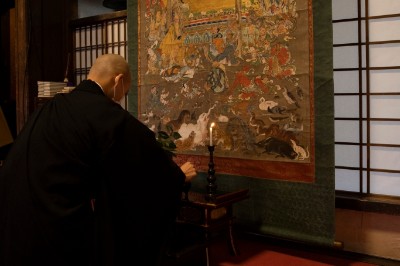
The Nehan-e is a memorial ceremony to commemorate the virtues of Buddha by displaying a Nehanzu (drawing of the Nirvana), on February 15, the day of Buddha's passing. In following the Zen Buddhism tradition, we offer incense, flower, candle lights, sweet water, sweets, tea, meal, and offering money, and chant Ryogonshu (the Surangama Sutra) to commemorate the passing away of the Buddha Shakyamuni at the age of 80 years old. In February, the "Picture Explanation" will be held on several dates to interpret the teachings of the Buddha according to the Nirvana painting.
- The First UMA day of February
- Service on the first UMA day
We hold a service for Inari Daimyojin, the guardian deity of Koshoji on the first UMA day. Inari Myojin is enshrined at first opened Koshoji location by our founder Dogen Zenji near Fukakusa, Fushimi. In the biography of Dogen Zenji, there is an episode that he was saved by an embodiment of Inari Myojin when he was suffering from stomachache during his training in the Sung period. At Koshoji, behind the Hondo (Ceremony hall), there is a small shrine of the Fukuoka Inari Daimyojin, a deity that was shared with Fushimi.
March
- Late March
- Haru Higan (Spring Equinox) Services
April
- April 8th
- Gotan-e (Buddha's birthday assembly)
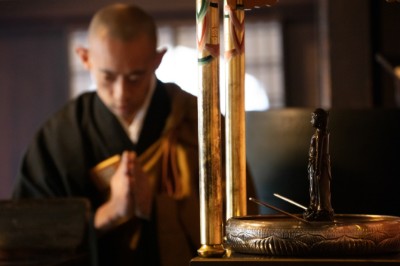
Gotan-e is the celebration of the birthday of Buddha, the founder of Buddhism. It is said that as soon as he was born, he took seven steps and said, "In the heavens above and this earth below, I alone am uniquely honored," and that a rain of nectar rained down from the sky as a birth shower. We will enshrine the birth Buddha statue and bless him by pouring sweet tea on it.
May
- Early May
- Fresh greenery / Spring Special Viewing
- May 13th
- Ryogon-e Keiken (Opening Surangama Sutra Assembly)
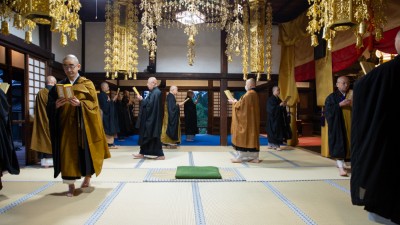
The ceremony to pray for the safety of the Geango (Summer intensive retreat) starts in May. During the rainy season, when plants and animals are growing, monks stop walking to avoid damaging them, and gather in one place for their practice is called "Uango (Rain retreat)" or "Geango (Summer retreat)", has been practiced since the time of the Buddha. We practice Uango for 90 days starting on May 15, and we hold service to wish for the safety of this training period. From this day on, Ryogonshu (the Surangama Sutra) is chanted before every morning service.
August
- August 13th
- Ryogon-e Mansan (Closing Surangama Sutra Assembly)
- August 16th
- Urabon-e Services
Urabon is a Buddhist event that originated the story of offerings for a departed mother who had fallen into the world of the hungry ghosts and is commonly called Obon. This Urabon service is held every year on August 16th at Koshoji, offering for all sprits.
September
- Late September
- Aki Higan (Autumn Equinox) Services
- September 26th-29th
- Kaisanki (Founder’s Memorial)
Every year on September 26, 27, and 28, the "Kaisanki" memorial services are held for Dogen Zenji, the founder of Koshoji and the Soto Zen Buddhism. In Koshoji, we will also hold memorial service to commemorate the anniversary of our revival successor Ban-nan eiju Zenji, restored the temple in the early Edo period also for the gratitude of the successive abbots. On the Founder’s Memorial service, a number of Buddhist instruments are used in solemn, and the tablets of the founder and successive generations are invited to the Ceremony Hall from the Robaian (Founders’ Hall).
October
- First Sunday in October
- Gratitude ceremony for tea whisks (Chasen Kuyo)
The Uji Cha Matsuri (Uji Tea Festival) commemorates the spirits of Yosai Zenji, who first brought tea from China to Japan, Myoe Shonin, who established a tea plantation in Uji, and Sen-no Rikyu, the founder of the Sado (tea ceremony), as well as prayers for the historic heritage and development of Uji Cha (Uji tea). During the Uji Tea Festival, after the "Chatsubo kuchikiri" ceremony, a gratitude ceremony for tea whisks (Chasen Kuyo) is held at the Chasenzuka (tomb for tea whisk) in front of the gate of Koshoji to appreciate tea, a specialty of Uji City.
- October 5th
- Darumaki (Memorial ceremony for Bodhi-dharma)
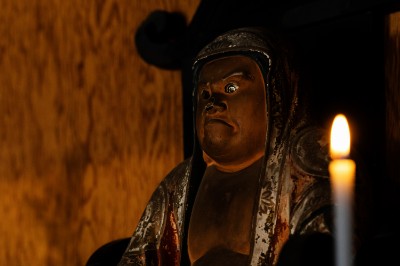
Daruma Daishi (Bodhi-dharma) is the 29th generation ancestors counting from Buddha Shakyamuni, who brought the teachings of Zen from India to China and is regarded as the founder of the Zen Buddhism. The red "Daruma-san" as it is commonly known is a reference to the story of his nine years of zazen practice. In the Soto Zen temple enshrines a statue of Bodhi-dharma at the rear of the west side of the ceremony hall (Hatto / Hondo), and on October 5, memorial service is held in reverence of his virtues. The day before evening, we hold the memorial service eve, in the morning of Memorial Day we hold Kenshuku (offering rice porridge) ceremony, and the noon, Kengu (offering meal) service.
November
- Around mid-November
- During the beautiful autumn leaves season, we hold a special autumn viewing.
During this period, we plan to distribute tickets in the form of bookmarks (for daytime viewing only) and nighttime viewing with beautiful lighted-up autumn leaves. Also, special Goshuin will be available during the period of the event. Various events will be held during this period. We look forward to welcoming many visitors.
December
- December 1st to 5th
- Rohatsu Sesshin
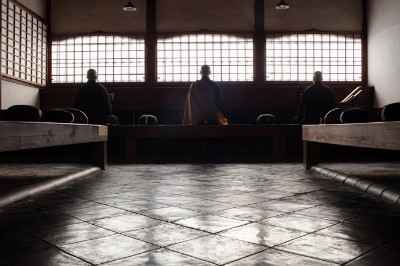
The Buddha achieved enlightenment by sitting in zazen for seven days under the Bodhi tree, we practice zazen, called Rohatsu-sesshin, to relive practice as Buddha Shakyamuni. We organize this Sesshin period to avoid the crowds of the autumn foliage, and during this period, intensive zazen practice is held in the Sodo (monks' hall). Zazen is open to the general. If you are interested in participating, please contact us for details.
- December 8th
- Jodo-e (Ceremony Commemorating the Awakening of Buddha Shakyamuni).
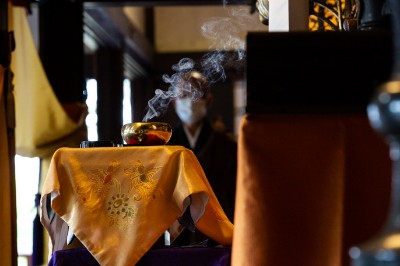
Jodo-e is a memorial service to commemorate the Buddha's enlightenment. It is said that Buddha Shakyamuni, who was ordained at the age of 29, achieved enlightenment at the age of 35 after six years of strict practice under the Bodhi tree on December 8, the eighth day of his zazen practice, when he saw the morning star. At Koshoji, we hold the Jodo-e ceremony following the Rohatsu Sesshin period, scheduled to avoid the visitor’s crowd for autumn leaves.

